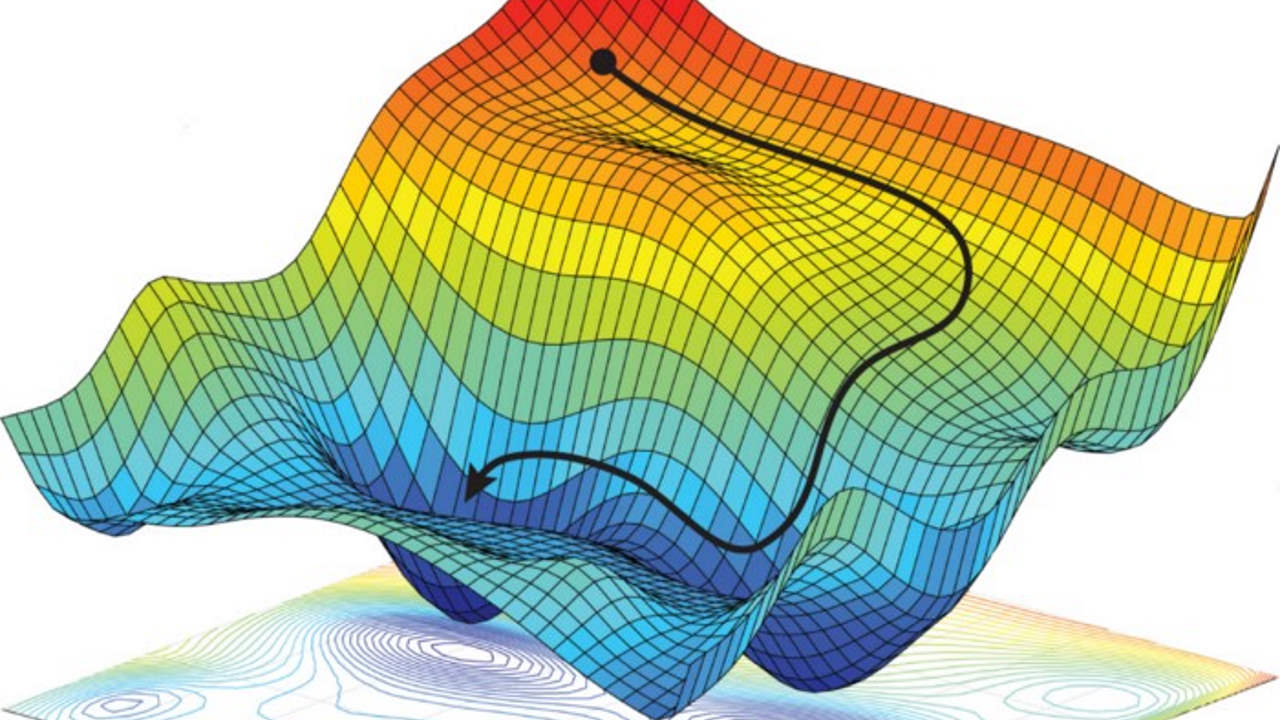 Comparison the economic analysis of the battery between lithium-ion and lead-acid in PV stand-alone application
Comparison the economic analysis of the battery between lithium-ion and lead-acid in PV stand-alone application
Abstract
This paper presents the economics analysis of 140 Wp photovoltaic (PV) stand-alone system by using a generic excel model. The main components of PV stand-alone system consist of 140 Wp PV module, 150 W inverter, and two different types of battery as lithium-ion and lead-acid battery. The economic analysis of this paper presents the cost of energy (COE), benefit cost ratio (BCR), and simple net present value (SNPV). From the results of this study show that the COE, BCR, and SNPV of PV standalone system, which using lithium-ion battery are 0.13, 34.93 baht/kWh and 145,927 baht, respectively. For the COE, BCR, and SNPV of PV stand-alone system, which using lead-acid battery are 0.19, 23.30 Baht/kWh and 89,143 Baht, respectively. Although the economic parameters show that the PV stand-alone which using lead-acid batteries is suitable than PV stand-alone that used lithium-ion battery. However, lithium-ion batteries have many advantages when compare with lead-acid battery technology as high energy density, low maintenance and the number of lifecycle is higher compared with lead-acid battery.











